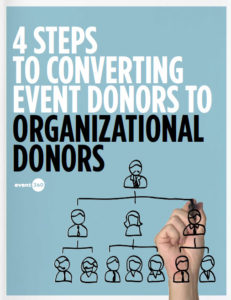
Penelope Burke and the team at Cygnus Applied Research recently released the Cygnus Donor Survey: Where Philanthropy is Headed in 2012. For fundraisers in the United States and Canada, this is a gold-mine. So much useful, practical, actionable info–it’s a must-read.
Some of the most interesting nuggets had to do with how to engage donors in different age brackets. In his most recent newsletter, Tom Ahern also addressed this issue. He reminded us that “To write persuasive copy, you need to see the person you’re writing to…in your head.” Tough to conjure up a mental image if you don’t factor in someone’s age.
The survey also revealed that two out of five donors could have given more last year but simply weren’t persuaded to do so.
Don’t leave money on table just because your messaging doesn’t factor in age and motivation.
Although far from comprehensive, here’s an extremely high-level “cheat sheet” for how to craft messaging to connect with three different (and admittedly very broad) age groups:
Under 35: Focus on your COMMUNITY and how they can help grow it. Make sure it’s easy to read on a mobile phone.
35-65: Focus on IMPACT. Real-life stories about what their dollars are doing with good stats to back it up. (Remember not to go right for the head, however. Heart then head. Heart then head. Repeat.)
65 on up: Focus on NEED. They’ve given enough to know the drill and they want to cut to the chase–what does your organization need. Make it clear and they are happy to oblige.
These aren’t mutually exclusive, mind you. Younger donors care about impact and older donors want to hear stories. You’ll be in good shape, however, if you focus on their main motivator first and foremost.






 It turns out that “maximizer” isn’t an official, Old English Dictionary-approved word. This is weird to me.
It turns out that “maximizer” isn’t an official, Old English Dictionary-approved word. This is weird to me.